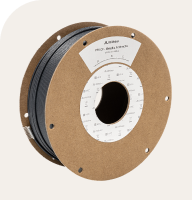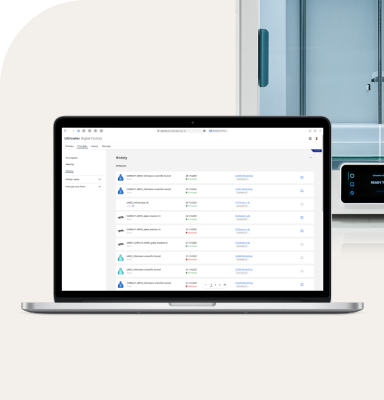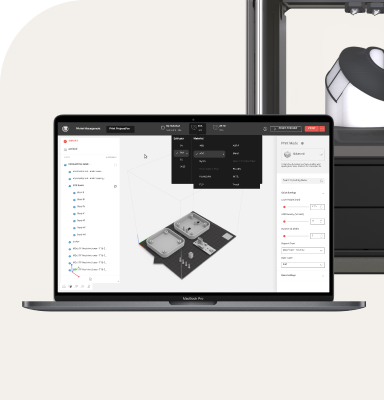Once you understand how 3D printing works, it's important to talk money. A 3D printer should be a long-term asset for your organization that delivers value for years after you buy it. But how much does 3D printing cost?
This return on investment is a benefit that sets 3D printing apart from other solutions like outsourcing. But as with any long-term asset, it pays to be aware of all the associated costs that come with owning a 3D printer, and which expenses – including 3D printer material costs – you need to plan for into the future.
The list below should help you understand the costs involved, how they differ depending on the technology, and which are one-off or repeating. (Prices are indicative and subject to change – so we recommend doing your own research too.)
3D printer price
With products on the market for anyone from a home user to the R&D divisions of blue-chip companies, 3D printer prices vary a lot. Typically, FDM offers the greatest variation in price, from hobbyist machines costing a few hundred dollars to higher-performance desktop printers in the $2,000 to $6,000 range. Desktop SLA printers start from around $2,000 to $3,000, while an SLS printer typically costs $10,000 plus. Larger-scale industrial machines of any technology will cost significantly more.
Peripherals
These can add extra functionality, but also add extra expense your 3D printing costs. Post-processing peripherals are almost essential for SLA and SLS printers. For example, SLA prints will otherwise have to be manually washed in isopropyl alcohol and left in the sun to cure – so in practice, these printers often require purchase of additional post-processing stations! For FDM, peripherals can streamline workflows such as material handling or soluble support removal, but are up to you depending on your needs.
Maintenance and service
Typically, this should only be the cost of replacing the odd consumable part over time. Check what support your seller includes as part of the price – they may offer installation and maintenance included. Some products also come with extended warranty options or an annual service plan. These plans can add certainty for some customers, but be sure to read the fine print in detail to understand the terms and exactly what support you get if something goes wrong.
Energy
For regular use for an UltiMaker 3D printer, we calculated this to be around $50 per year. But if you want a more precise figure, check the power consumption specs of a 3D printer and make a calculation based on your likely usage and local energy prices.
Materials
Think of material costs like gas for your car. While not considerable in isolation, over the long-term it will be one of the biggest running costs. For FDM 3D printing, 3D printer filament prices (for an everyday material like PLA or PETG) are around $20 to $50 per kilogram, or $60 to $120 for specialized engineering or support filaments. Entry-level SLA resins cost around $50 per liter, and most professional options cost around $150 to $400. SLS powder can cost around $100 to $200 per kilogram.
Software
Most professional level 3D printers come with some software included, usually so you can prepare your prints and manage printers. Many cheaper 3D printers don't come with adequate software, but luckily our UltiMaker Cura software is compatible with hundreds of machines and free to download. And if you really want to scale 3D printing in your business unit or even entire organization, consider an enterprise software plan with added features like direct support, online training courses, and cloud storage for your parts and projects.

A 3D printer is part of an ecosystem that includes peripherals, materials, and software – either from the manufacturer or third parties
Need more info on 3D printing?
Explore the wider world of this incredible technology by reading our answers to these common questions:

























